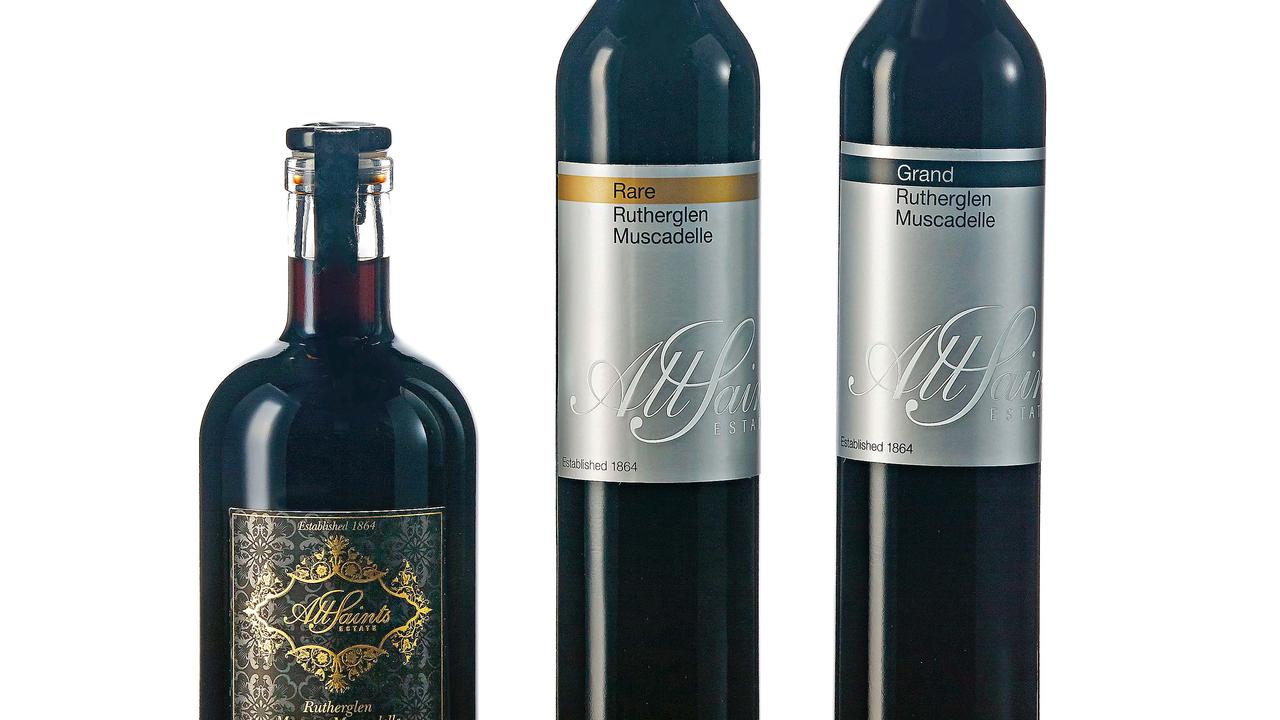Russell Morris: back in the game
AFTER decades in the wilderness, Russell Morris found an unlikely source of inspiration to reignite his career.
LONG forgotten, they were the smaller-than-life characters who once populated Sydney’s inner-city second division of crime in the 1920s.
Then, photographic portraits were discovered in a loft; a miscellany of gaunt but mostly well-dressed cheats, prostitutes, conmen and petty thieves posing for oddly formal police mug shots. Subsequent books and exhibitions were devoted to these defiant faces of the city’s disorganised crime.
One of the conmen was Thomas Archer, known on the streets as Shark Jaws. Archer’s routine was to pass a 10 shilling note to a shopkeeper for an inexpensive item, but then change his mind and offer a confusing mix of coins instead – an unending commentary by him adding to the chaos – before leaving with his money and the baffled shopkeeper’s change, too. Mostly it worked. One day in January 1921 it didn’t, and Archer found himself being photographed in front of a tall, stony-faced policeman at Sydney’s Central Police Station. Archer’s three-piece suit almost matches that of his keeper, if a bit crumpled after a sleep in the cells.
In 2009, while flying home to Melbourne after a gig in Sydney, long-ago pop star Russell Morris flicked through the pages of this magazine and chanced upon that picture of Shark Jaws, and the brief details of his wayward life, in a review of a book called Crooks Like Us. “I was transfixed. I couldn’t take my eyes off it. I knew then that I had to write a song about him,” says Morris, 66. “It was almost as if he spoke to me. I had been trying to write a blues album and the songs I had written were bad copies of American blues and I wasn’t feeling 100 per cent about it. But it was as if Shark Jaws was saying, ‘If you are going to write songs about the blues, you gotta write about me. Tell people I lived and breathed.’”
Morris fashioned a suite of songs around Archer – recasting him as Sharkmouth – and other figures, good and bad, of the era: boxer Les Darcy, feared Melbourne gangster Squizzy Taylor, Arthur “Mr Eternity” Stace, and Phar Lap. The response was remarkable. Few people had bought a Russell Morris record since 1973. But Sharkmouth has been the number one or two best-selling jazz and blues album in the country for almost two years (late last month it was number three). As well as Morris’s first gold album (it has since gone platinum), it won an ARIA last year for best blues and roots album, and was nominated for an APRA award. Even in the annals of pop improbability, the resurgence of Morris as a blues artist singing songs about a between-the-wars Australia is just about unimaginable. “I know how Moses felt after he came out of the wilderness after 40 years,” he says.
Morris’s wilderness years go back a little further, to the end of his first run of hit singles that started with the gloriously overblown The Real Thing in 1969. As flickering black and white images of Neil Armstrong stepping onto the moon were broadcast on a July afternoon, Morris sat atop our music charts with Australia’s first genuine rock classic – it was one giant leap for local music. He turned 21 a few days later.
But even that kick-start to his career almost didn’t happen. Morris did not write The Real Thing; Johnny Young did. His folky, baroque original was recreated as a chaotic psychedelic masterpiece by producer Ian “Molly” Meldrum in early 1969. Meldrum had spotted Morris singing up front with the band Somebody’s Image two years earlier and, when Morris decided to go solo, Meldrum became his manager and set about making a record distant from the cheerfully functional pop hits of the day. Defying the rule that demanded three-minute songs for radio, and fired by the imaginative output from London’s Abbey Road studios, Meldrum assembled a huge cast for what he planned to be a Sgt Pepper-type number that would go on for an unprecedented six and a half minutes.
As the sessions – utilising choirs and the cream of Australia’s rock scene – dragged on, Meldrum’s ideas became wilder still. Young’s song and Morris’s singing barely survive the oceanic force of its swirling musical crescendo, at which point Meldrum inserts some lines of the Hitler Youth’s marching song Die Jugend Marschiert, ending with a rousing “Sieg heil!” Rising above it all is a commanding German accent assumed by many to be Hitler himself, but it was in fact a playful Brian Cadd, hired on piano, reading out the instructions from the back of the Agfa-Gevaert reel-to-reel tape box (“And you, the receiver of this product…”) Just when it seemed unstoppable, Meldrum introduced the sound effect of an atomic bomb to bring it all to an end.
Within weeks of its release it was a hit and Morris was a star. Back then, only Johnny Farnham was bigger. A succession of classy singles followed: Part Three Into Paper Walls, The Girl That I Love, Rachel, Mr America, Live With Friends and Alcohol Farm. Morris set to work on his first album with a team including Cadd, Chain guitarist Phil Manning and bassist Barry Sullivan, ace session drummer Mark Kennedy, and Zoot’s Rick Springfield and Beeb Birtles. The album Bloodstone (1971) – a collection of songs about losers and the luckless, all of them imagined – reached number 12 on the charts.
Confident of his ability to write hits, Morris headed to London and then New York. In the US he recorded two albums that remain unknown to most Australian fans. One was released here, a self-titled collection of masterful ballads, but that gently brilliant album and its follow-up failed.
Morris returned to Australia and played the live pub circuit in the late ’70s and throughout the ’80s, but another crack at a solo album of his own material, A Thousand Suns, also slipped between the cracks. He then hooked up with some old mates from those halcyon days of the late ’60s, Zoot’s Darryl Cotton and Ronnie Burns, forming Burns Cotton & Morris and performing their hits from those days along with cover versions. The club crowds loved it. So did the boys, notwithstanding its cabaret feel. Their old mate Jim Keays, singer with the Masters Apprentices, playfully described them as The Three Ronnies. In 2000, Keays stepped in to the band after Burns decided to leave.
For 12 years, Cotton Keays & Morris toured Australia playing pubs and clubs, and they were a happy crew on the road – Morris the chauffeur, Keays wisecracking in the passenger seat, Cotton ironing everybody’s shirts in the motel.
On their way to a gig in May 2012, the boys were driving across Sydney when Cotton had a violent coughing fit. “He couldn’t stop,” recalls Morris. “I said we’d take him to the hospital. He said, ‘No, take me back to the room’.” Cotton had a doctor’s appointment in Melbourne two days later. He later told Morris: “It’s inconclusive. They want to give me more tests.” That evening, Cotton called back: “Mate, I’m not going to Queensland. Do you think you and Jimmy could do it by yourselves?” Cotton, 62, had never missed a show. Within weeks he was dead, from liver cancer.
By then, Keays had been suffering myeloma (a type of blood cancer) for five years and would often collapse backstage after a show. “Jimmy was the bravest bloke I ever met,” says Morris. Without Keays, Sharkmouth would never have happened. After Cotton died, Keays asked Morris when he planned to write and record another album. Morris said he had no plans: “Why would I bother, Jim? No one will buy it, no one will play it, and it will cost me a lot of money.”
“But that’s what you do,” Keays insisted. “If you were a cabinetmaker, or a carpenter making desks, you’d make another one and put it in the shed. It’s your body of work. You have to do it.” Two previous Morris albums – Fundamentalist and Jump Start Diary, both in 2007 – had “sunk without trace”. But Keays’ enthusiasm was infectious. “It got things started,” says Morris. “And I told Jim, ‘Well, you’ve got me going – now I want to do a blues album’.”
Keays had loved the blues all his life. He agreed to write a song with Morris and it turned out to be Black Dog Blues, the opener on Sharkmouth, which garnered the APRA nomination. Still, no one held high hopes for the album. “I thought I’d press 500 copies and sell them at the shows and I’d make some money back,” recalls Morris. “As Jim would say – body of work.”
A year after its unexpected runaway success, Morris was writing the follow-up, Van Diemen’s Land (2014). “The first album has been urban, so with the second I thought I had to make a bigger picture, so I began with the prison ships – that was the cornerstone. And then I wrote about the Eureka Stockade, Breaker Morant and blackbirding up in Queensland, which a lot of people don’t know about.”
Keays was to have contributed a song about Ned Kelly, but the myeloma was tightening its grip. In May, he performed at the fourth Masters of Rock benefit concert for Myeloma Australia alongside Spectrum, Wendy Stapleton, Madder Lake, Ross Ryan, Pseudo Echo and Blackfeather. An ailing Keays was the headline act. He battled his way through three of four old hits to end the night. A day later he was in intensive care suffering pneumonia.
The following week he was on life support. He died on June 13, aged 67. Morris sang the Masters Apprentices hit Because I Love You at the funeral seven days later and then went to work on a final instalment of his blues trilogy. “Its theme is red dirt. It’s about the beginning of Australia.” Keays would be happy to know that Morris is recording another album. It’s what he does.



